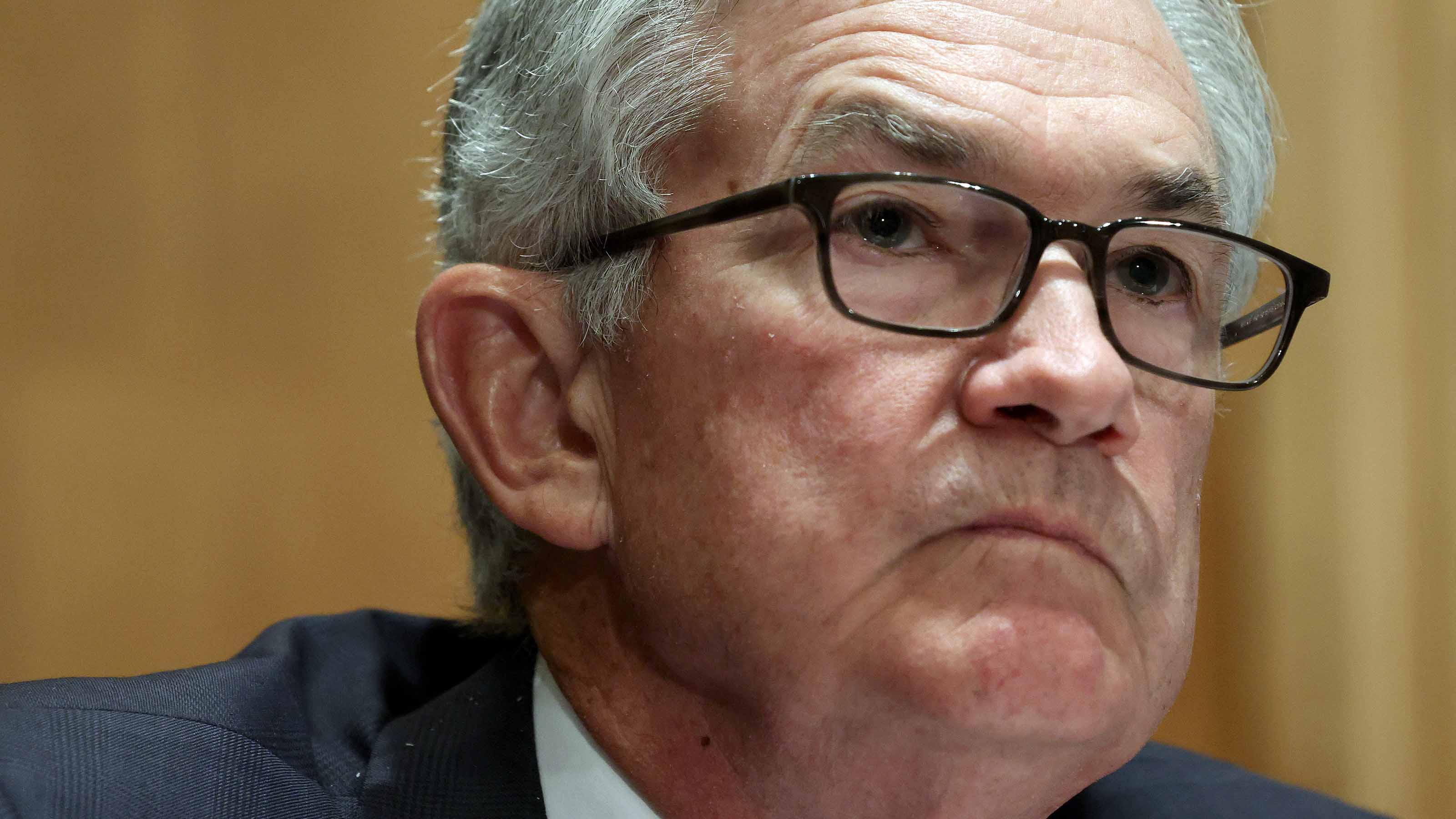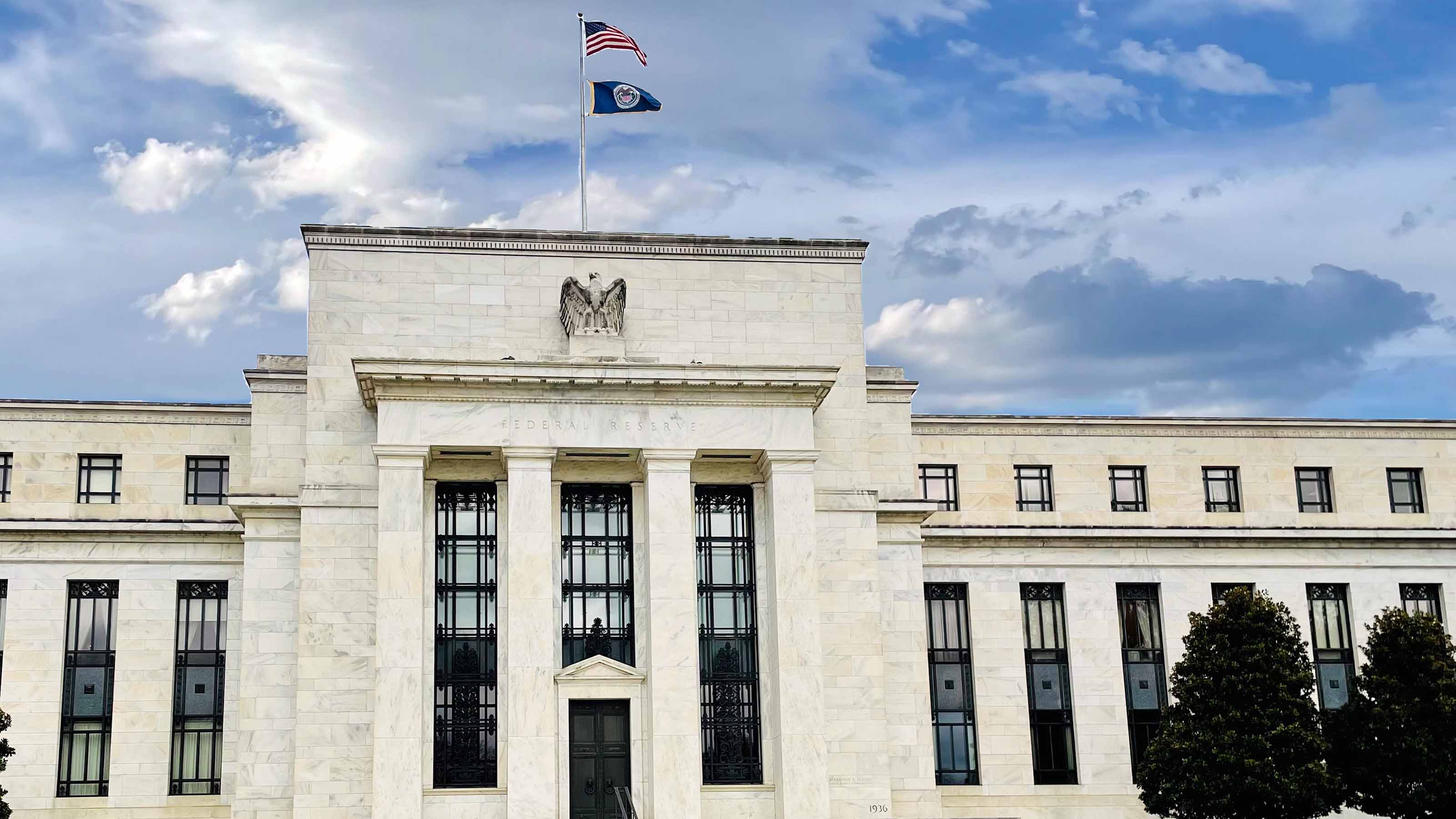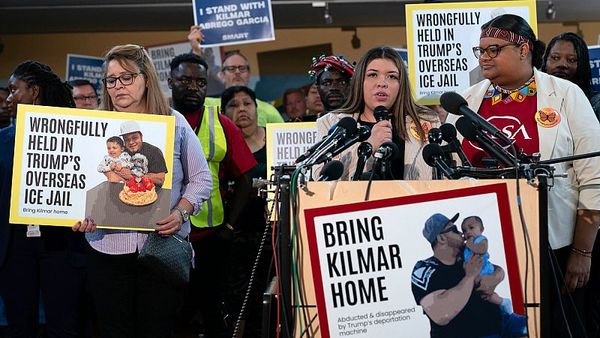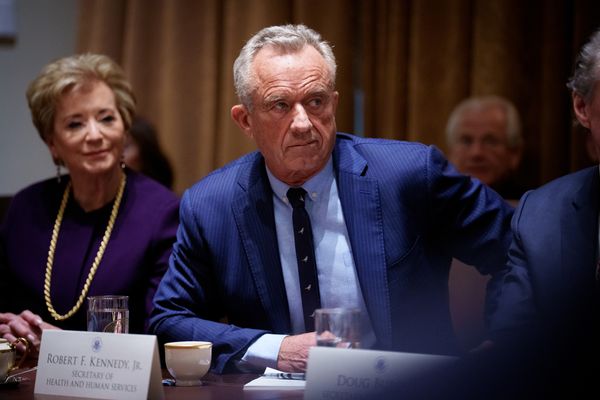
"When is the next Fed meeting?" is a question that hasn't weighed this heavily on anxious investors' minds in probably four decades.
Which is fair enough, really. The worst bout of inflation to hit the U.S. economy in 40 years was close to the central bank's long-term target when trade uncertainty once again raised the threat of rising prices.
The Federal Reserve brought borrowing costs down from a 23-year high in September 2024, slashing interest rates by a surprising half-percentage point. The Federal Open Market Committee (FOMC) then followed up in November and December by cutting the short-term federal funds rate by 25 basis points (bps), or 0.25%, at each meeting with the target range currently at 4.25% to 4.50%.
That said, the change in the political landscape complicates the central bank's calculus, as inflationary pressures could resurface under new administration policies. That's a problem, because the Fed has a dual mandate. In addition to stable prices, the central bank is supposed to support maximum employment.
The question now is centered on what the Fed will do this year and beyond. As always, the regularly scheduled release of the Summary of Economic Projections (SEP), also known as the dot plot, will come under intense scrutiny.
"The March FOMC meeting will likely be all about policy uncertainty," writes the BofA Securities U.S. economics team. "The Fed will almost certainly stay on hold, emphasizing patience over panic. Markets could interpret the Fed's message as hawkish because they are focused on downside risks to activity. But in our view, the 'Powell put' is not forthcoming. The dot plot should still show two cuts in '25 and '26."
That view comports with rising-if-mixed recession odds. Economists as a group now forecast a 40% chance of recession in the next year, up from 30% at the beginning of 2025. For what it's worth, the New York Fed's yield-curve model gives a 27% probability to the U.S. entering a recession over the next 12 months, up from 29% at the end of 2024.
The bottom line? When you consider the Fed's dual mandate against the backdrop of a mid-cycle economic expansion (easing inflation, slackening in the labor market), it kind of makes sense that folks are obsessed with the question of "when is the next Fed meeting?"
The fact that lower interest rates today equal higher returns for equities tomorrow also makes rate cuts rather attractive to market participants.
The next Fed meeting: what to expect

For the record, the central bank's rate-setting committee is called the Federal Open Market Committee (FOMC).
As you can see from the FOMC meeting calendar below, the committee meets eight times a year. These meetings last two days and conclude with the FOMC releasing its policy decision at 2 pm Eastern time. The Fed chief then holds a press conference at 2:30 pm. (Pro tip: as closely scrutinized as the Fed statement might be, market participants are usually even more keen on what the Fed chair has to say in the press conference.)
As for the next Fed meeting, it will begin on March 18 and conclude with a policy statement on March 19 at 2 pm Eastern. A pause is by far and away the betting favorite.
As of March 17, interest rate traders assigned a 99% probability to the FOMC keeping the short-term federal funds rate at a target range of 4.25% to 4.50%, according to CME Group's FedWatch Tool. July remains the betting favorite for the next cut, with a 59% chance of a quarter-point cut.
For those wondering "when is the next Fed meeting?," have a look at the schedule, courtesy of the FOMC, below.







